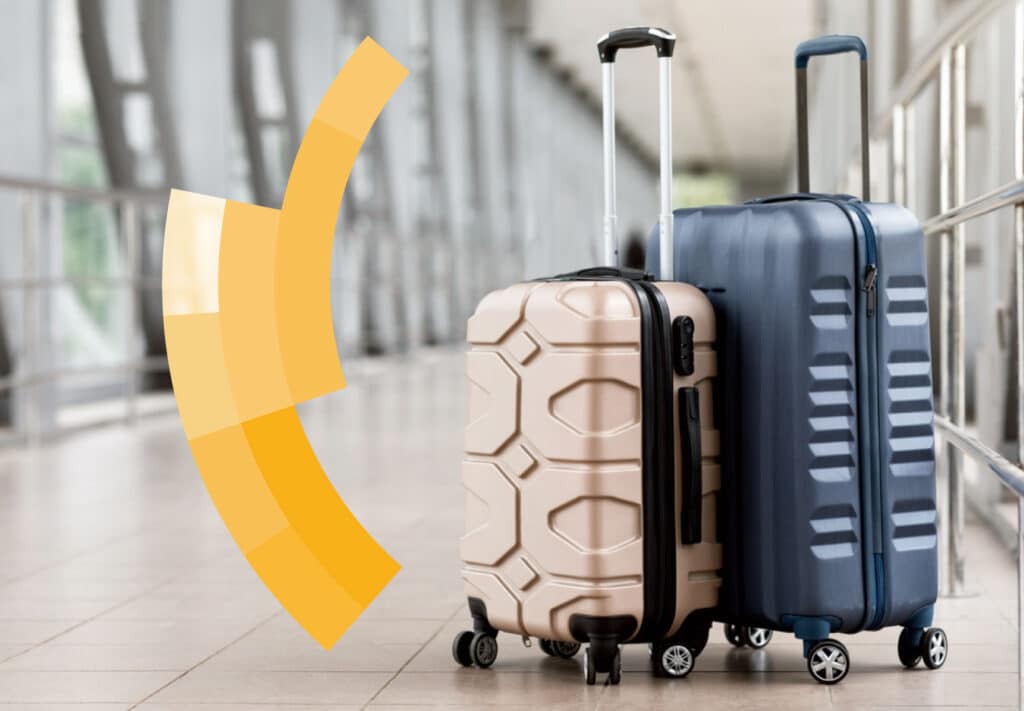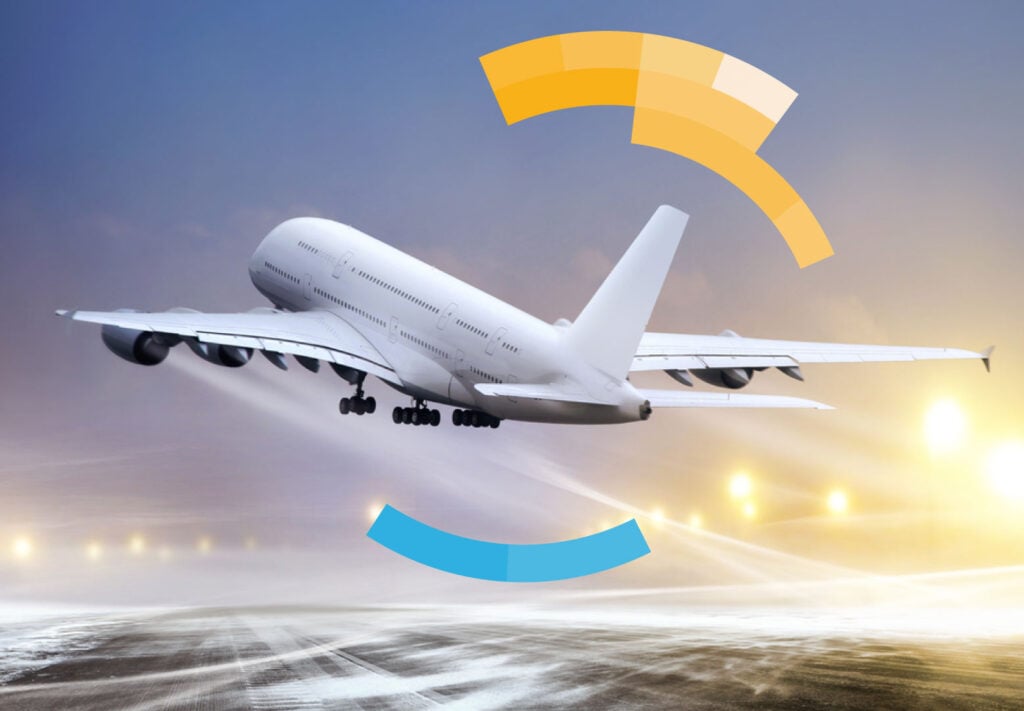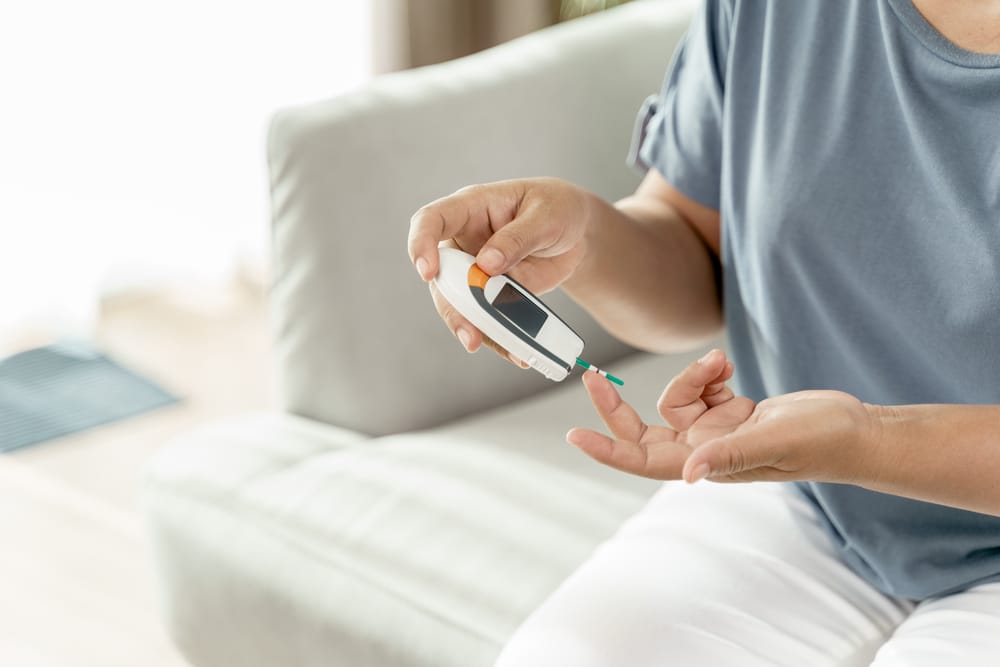
Diabetes is a growing public health challenge in Thailand with a prevalence of 1 in 10 adult Thais diagnosed with diabetes. It is important to know that this illness is a lifelong problem, without cure but with proper care can be managed. Over time, diabetes can cause other organ problems affecting the heart, blood vessels, eyes, kidneys and nerves.
What is Diabetes?
Diabetes (diabetes mellitus) is a condition where the body is unable to use the energy obtained from consumed foods. There are two types of diabetes; type 1 diabetes and type 2 diabetes. Type 1 diabetes also called insulin-dependent diabetes, is often discovered during childhood. This type of diabetes is caused when the body’s immune system or specifically the white blood cell mistakes the beta cells as a foreign invader. As an autoimmune response, it destroys beta cells in the pancreas that produces the insulin or it can also occur due to genetic predisposition. In diabetes type 1, the body is incapable of processing the glucose due to a deficiency of insulin and caused blood sugar levels to rise.
On the other hand, type 2 diabetes or non-insulin-dependent diabetes is the most common type of diabetes, responsible for 95% of diabetes cases among adults. Type 2 diabetes is a condition where the body’s cells are not able to react with the presence of insulin as they should. The insulin receptor did not respond and open up the cells to allow the glucose to enter it, causing the glucose to remain in the bloodstream. The body may also not generate enough insulin in the later stages of the disease. Type 2 diabetes used to be called adult-onset diabetes, but with the rising prevalence of obesity and overweight children, type 2 diabetes is now common in children also. Type 2 diabetes is milder than type 1 diabetes but still can cause major health problems.
How do we know if we have Diabetes?
Generally, the symptoms between these two types of diabetes are similar. The symptoms include:
- Feeling thirsty
- Feeling hungry
- Frequent urination
- Fatigue
- Having a blurry vision
- Sores or cuts that don’t heal well
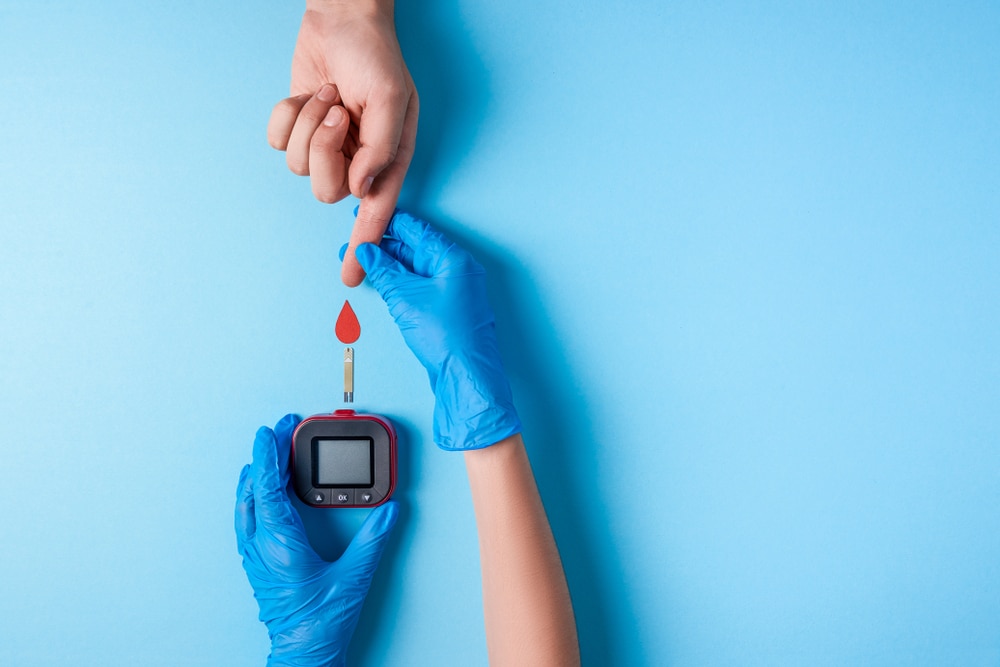
Are there any differences in the symptoms between type 1 Diabetes and type 2 Diabetes?
Type 1 diabetes sufferer may also experience further symptoms like irritability and mood changes as well as an unexplainable loss of weight. While people with type 2 diabetes may also sense numbness or tingling in their hands or feet. Even though the symptoms for both types of diabetes appear similarly, the way they present is different. People with type 2 diabetes commonly don’t have symptoms for years and the symptoms develop casually over the course of time. Some people don’t realize that they have type 2 diabetes until the complications develop, leading to a condition of undiagnosed diabetes. This should be a concern given the fact that young adults in Thailand were identified as having the least access to the national screening program to identify people with hyperglycemia (excess blood sugar levels), obesity and high blood pressure.
Diabetes is a long-lasting permanent condition with no cure currently available. In order to reduce the risk of developing diabetes it is important to make sure we are living a healthy life by monitoring what we are eating every day and how we exercise and sleep. Healthy eating is the most commonly suggested step to reduce the risk of type 2 diabetes. Reducing sugar intake in your daily meal plan by taking low-calorie foods as well as reducing the consumption of animal fats and junk food. Choose foods with high nutritional value and be careful not to overeat. Foods such as vegetables, legumes, fruits and whole grains are rich in fibre while tuna, salmon, mackerel, cod or sardines are good sources of omega-3 fatty acids which are also good for your heart. You can still consume dairy products but opt for low-fat contents. Be moderate in consuming food with a high level of carbohydrates and fat. Limit or avoid foods with high content of sugar, fat and sodium such as processed meats, baked goods, sugary drinks, high-fat dairy products, processed snacks, salty foods and fried foods.

How can Diabetes be treated?
People who suffer type 1 diabetes don’t produce enough insulin. They must inject the insulin through soft tissue into the body regularly several times per day. Some use the insulin pumps to supply a constant amount of insulin into the body through a small tube. For type 2 sufferers, their condition can be controlled with a balanced diet and exercise. But the doctor may prescribe medications for those who need extra support for their body to utilize insulin effectively.
Apart from insulin injection, a balanced diet plan and exercise, monitoring your blood sugar is also a crucial part of diabetes management. It is the only way for you to know if you are meeting your target levels. By monitoring your blood sugar using the glucometer, you will be able to know when your body needs the insulin injection, besides monitoring signs of too low or too high blood sugar. A flash glucose monitoring system can also measure your sugar levels continuously all the time. It does not actually measure the level of blood sugar but the sugar amount in the fluid under your skin called interstitial fluid. The system consists of a sensor (to stick to your arm) which last for 14 days and a reader to scan the sensor to see your sugar levels. You still have to do a finger-prick check as the flash system readings are a few minutes behind the blood sugar levels.
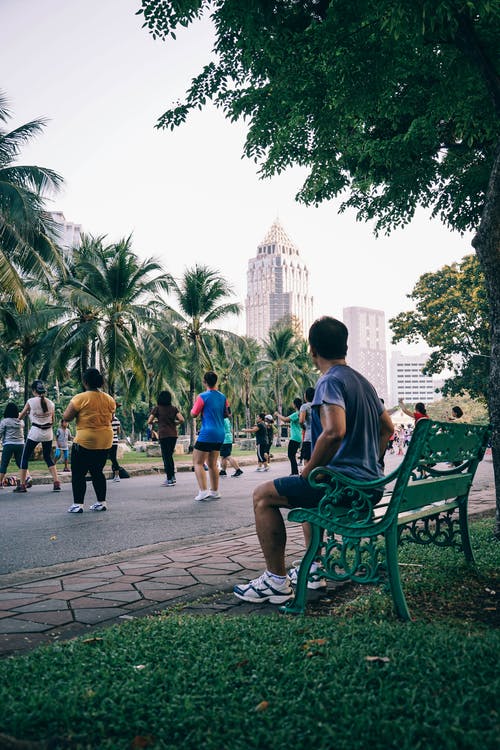
Doctors may also prescribe several medications to help the body in controlling the blood sugar level. Some of the medications include:
- Sulfonylureas: help your body to produce more insulin
- Metformin: acts to lower the blood sugar levels and improve how your body responds to insulin
- Thiazolidinediones: help your body more sensitive to insulin
- Meglitinides or glinides: help trigger your pancreas to dispense more insulin
- Dipeptidyl peptidase-4 inhibitors: milder medication to reduce blood sugar levels
- Glucagon-like peptide-receptor agonists: slow the digestion and improve the levels of blood sugar
- Sodium-glucose cotransporter-2 inhibitors: help the kidney to avoid from reabsorbing sugar into the blood
All these medications have their own side effects and people with diabetes may take some time to discover the best medications which suit their diabetes. Equip yourself with preventive steps from acquiring diabetes with a healthy lifestyle as diabetes may decrease your quality of life and increase the cost of living.
If you are interested to learn more about other diseases that are commonly found in Thailand, check out our article about Thailand’s common diseases.
Read our guide on choosing the best health insurance in Thailand or speak to our team to get a quote to take your first steps to change.



